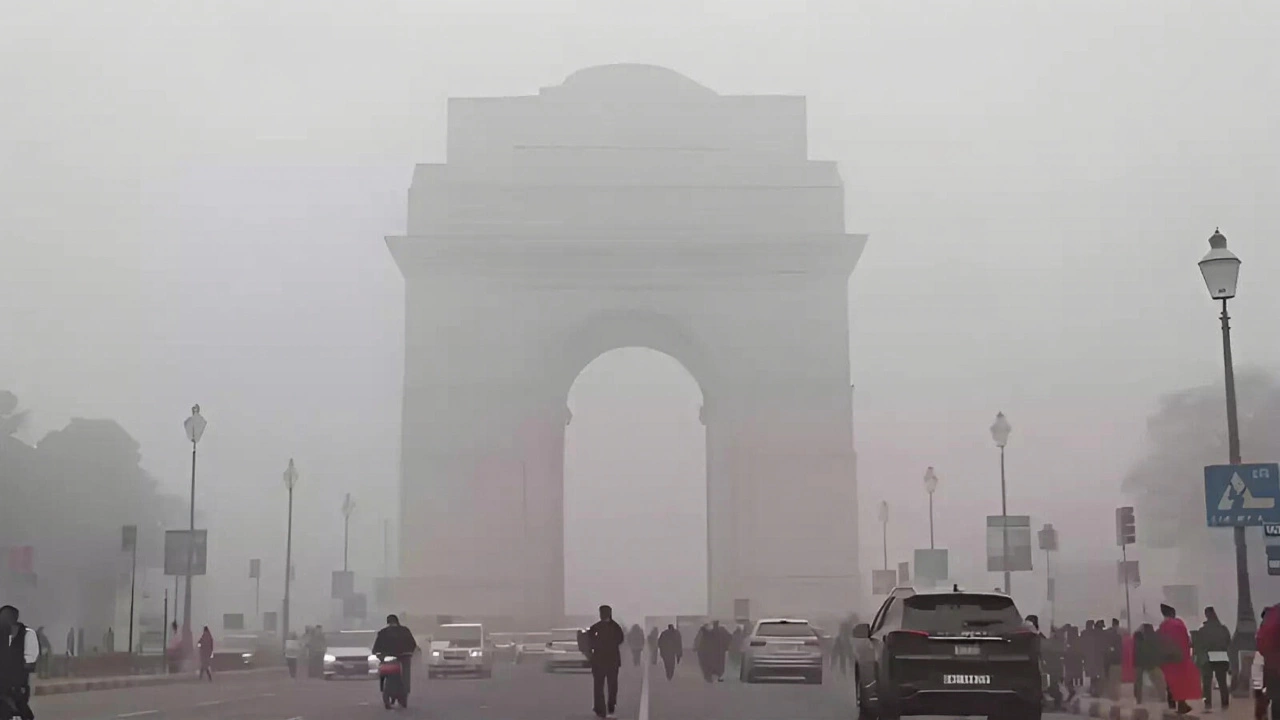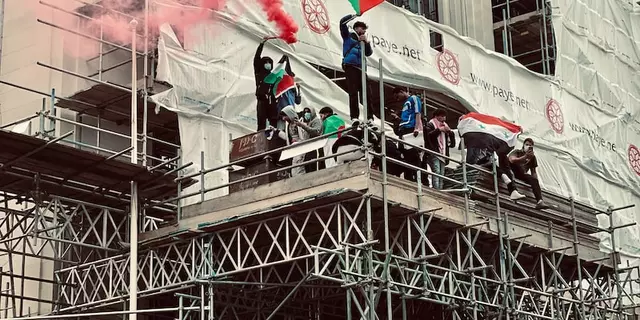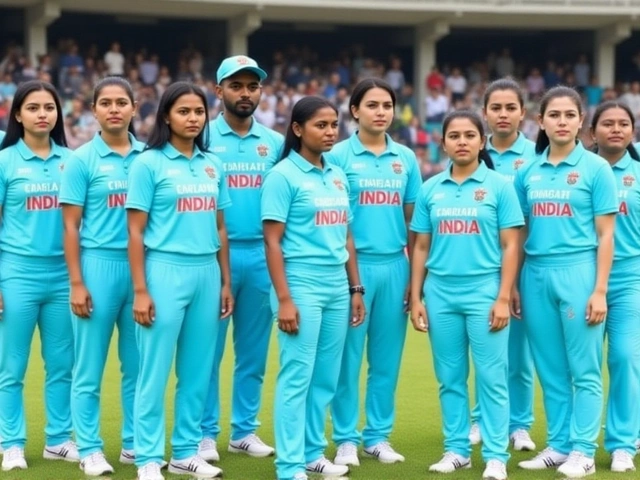Winter is creeping into North India faster than most expected. On October 29, 2025, the India Meteorological Department (IMD) issued its latest forecast, signaling a sharp chill across Delhi-NCR — and it’s not just a seasonal shift. It’s a warning. Temperatures have already dropped 2-3°C in just 24 hours, with maximums hovering near 27-29°C, nearly 4-5°C below normal for late October. Overnight lows of 16-18°C feel like the first real breath of winter. And while the sun still peeks through, the air is thickening — not with heat, but with haze, mist, and the creeping dread of smog.
What’s Really Changing in Delhi-NCR?
The IMD’s official bulletin (Press Release No. 4428) paints a clear picture: October 29 brings partly cloudy skies and evening mist, with winds shifting from southeast to northeast at up to 10 km/h. But the real story begins on October 30. For the first time in weeks, North Delhi and North East Delhi are forecast to see very light rain or drizzle — a rare October phenomenon. It’s not enough to wash away pollution, but enough to make the air feel heavier, damper, colder.By October 31, the clouds thin. The rain stops. And in its place, something worse emerges: shallow fog and smog. This isn’t just weather. It’s a public health alarm. The same pattern repeats through November 1-3 — clear skies by day, but thick, toxic morning haze that lingers until noon. Respiratory clinics in Delhi are already reporting a 22% spike in asthma and bronchitis cases since October 25, according to sources at AIIMS Delhi.
Why the Conflicting Forecasts?
There’s a strange disconnect between official data and commercial forecasts. While the IMD says maximums will be 27-29°C, AccuWeather predicts 34.4°C on the 29th. Weather25.com claims 32.8°C. Punjab News Express, citing IMD, says 28°C. Why the variation?Turns out, most private platforms are still using outdated models calibrated for pre-2020 climate norms. The IMD, by contrast, has integrated real-time satellite data from the ISRO and ground sensors across 120 stations in the NCR. The truth? The region is cooling faster than historical averages. In 2019, average October highs in Delhi were 33°C. This year? They’re 7°C lower. That’s not a blip. That’s a trend.
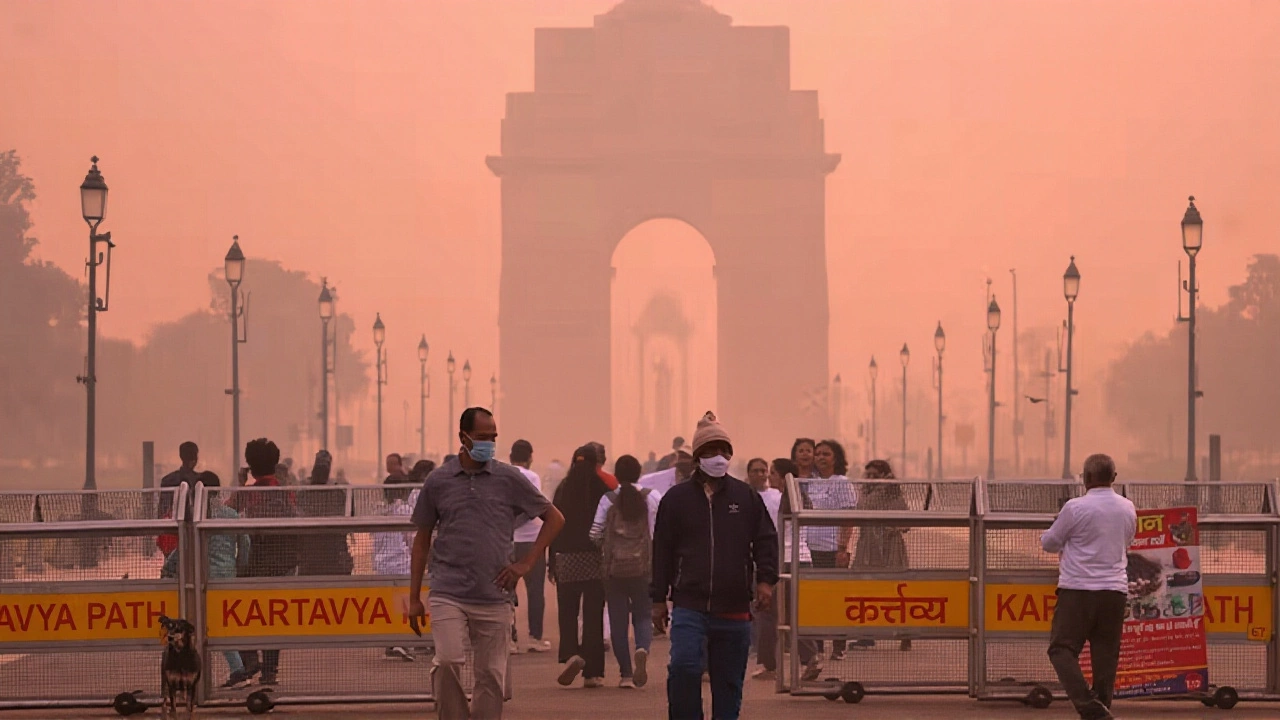
Smog Isn’t Just Weather — It’s Policy Failure
The fog and haze aren’t natural. They’re the byproduct of crop stubble burning in Punjab and Haryana, combined with vehicle emissions, construction dust, and the lack of a coordinated regional cleanup plan. The government’s ‘Graded Response Action Plan’ — meant to kick in at AQI 300 — has been delayed by bureaucratic inertia. On October 28, Delhi’s AQI hit 387. By October 30, it’s expected to climb past 450.“We’ve seen this movie before,” says Dr. Anjali Sharma, an environmental epidemiologist at Centre for Science and Environment. “The rain on the 30th won’t help. It’s too light. It’ll just make the particulate matter stick to the ground. When the sun rises on November 1, the smog will be thicker than ever.”
The Broader Picture: A Cold Spell Across North India
This isn’t just a Delhi problem. The IMD also warned of squally winds — gusting up to 65 km/h — along the coasts of Maharashtra and Gujarat, with rough seas in the Eastcentral Arabian Sea. Meanwhile, Uttar Pradesh and Bihar are bracing for light rain and a 3-5°C drop in temperatures. Farmers in Varanasi are rushing to harvest remaining paddy before the chill sets in.The cold snap is also hitting power grids. Delhi’s electricity demand jumped 18% in 48 hours as households turned on heaters and space warmers — many illegally, since the city’s subsidy program hasn’t been updated since 2022. “People aren’t just cold,” says a municipal worker in Okhla. “They’re scared.”
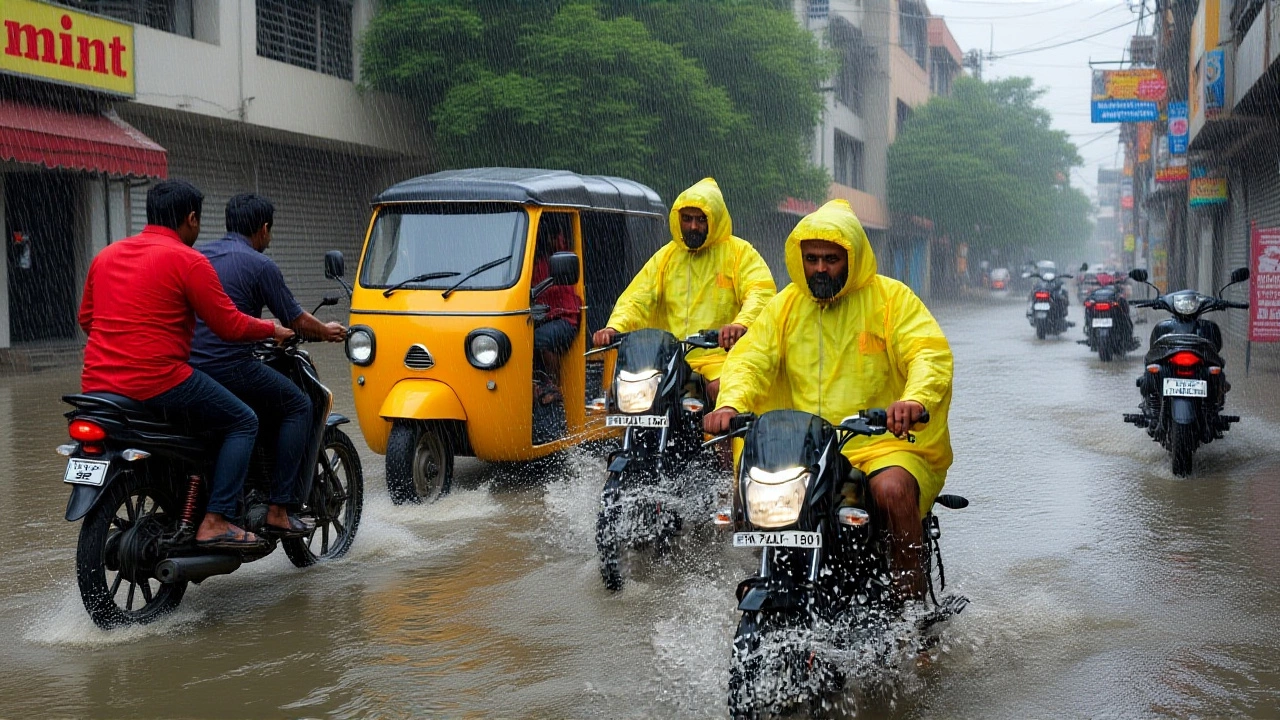
What Comes Next?
The next seven days will be critical. If November 2-3 bring the predicted mist and haze without wind to clear it, Delhi could see its first ‘severe’ air quality alert of the season. Schools may shut. Public transport could be disrupted. The Supreme Court has already asked the Central Pollution Control Board for a report — but no emergency measures have been announced.What’s missing? A unified regional strategy. Punjab’s farmers need alternatives to stubble burning. Delhi needs better public heating. And both need transparency — not just forecasts, but real-time AQI dashboards in every neighborhood. Until then, winter won’t just knock on the door. It’ll walk right in.
Frequently Asked Questions
Why is Delhi colder than normal in late October?
Delhi’s temperatures are 4-7°C below seasonal averages due to a combination of weak western disturbances, reduced solar radiation, and increased cloud cover from regional pollution. The IMD’s data shows this trend has intensified since 2023, with October highs now averaging 28°C instead of the historical 33°C. Climate models suggest this could become the new normal.
Will the light rain on October 30 clean the air?
No. Very light drizzle won’t wash out PM2.5 particles — it may even make them heavier and more likely to settle. Real air cleanup requires sustained rainfall over 24+ hours, which isn’t forecast. The rain may briefly lower AQI by 10-15 points, but smog will return with full force by noon on October 31.
Who is most at risk from the smog and cold?
Children under five, elderly residents, and those with pre-existing respiratory conditions face the highest risk. Data from AIIMS Delhi shows a 34% increase in pediatric emergency visits for wheezing since October 20. Outdoor workers — including delivery personnel and construction laborers — are also vulnerable, especially without access to protective gear or heated shelters.
Why do different weather apps show different temperatures?
Most commercial apps rely on global models that don’t account for local pollution-induced cooling or urban heat island effects. The IMD uses hyperlocal sensors across 120 stations in NCR, making its data far more accurate for Delhi-specific conditions. Private forecasts often still use 2019-2021 baselines, which no longer reflect current climate reality.
Is this winter worse than last year?
Yes. Last year, Delhi’s first severe smog alert came on November 12. This year, it’s expected by November 2. Temperatures are also dropping faster — 5°C lower than 2024 at this stage. The combination of earlier cold, higher pollution, and delayed policy response makes 2025 potentially the most hazardous winter in a decade.
What can residents do right now?
Use N95 masks outdoors, keep windows closed before dawn, and run air purifiers. Avoid outdoor exercise between 6 a.m. and 10 a.m. When AQI exceeds 400, schools and offices should suspend in-person activities. Residents should also report illegal burning and demand transparency from local authorities — collective pressure is the only thing that moves policy.
